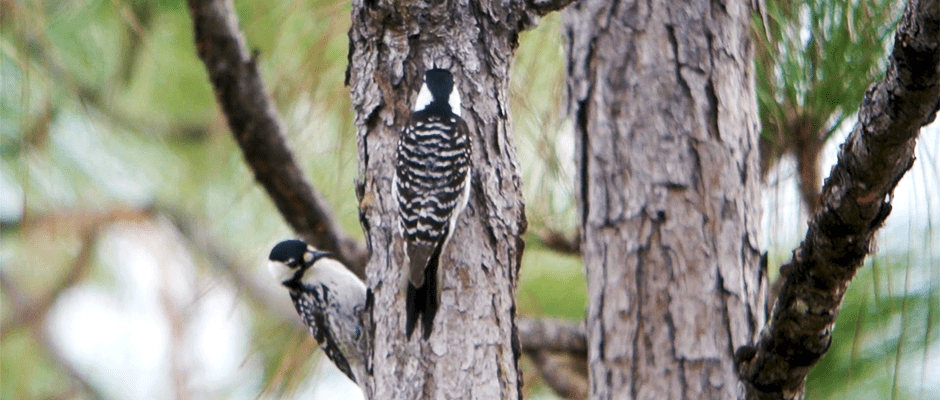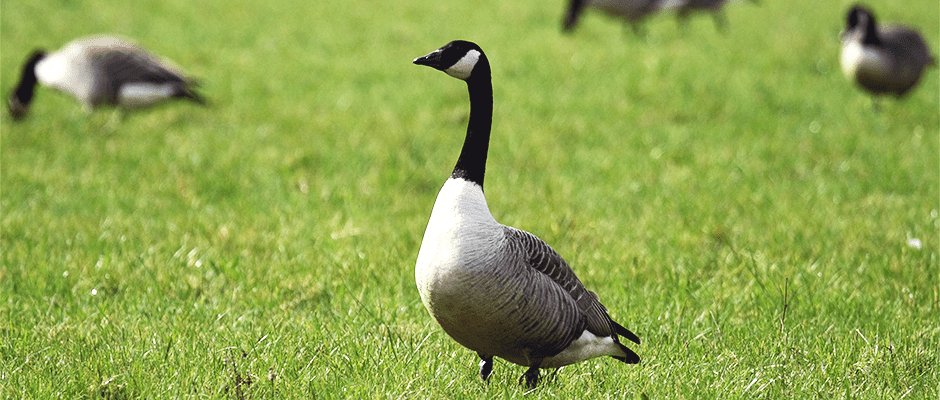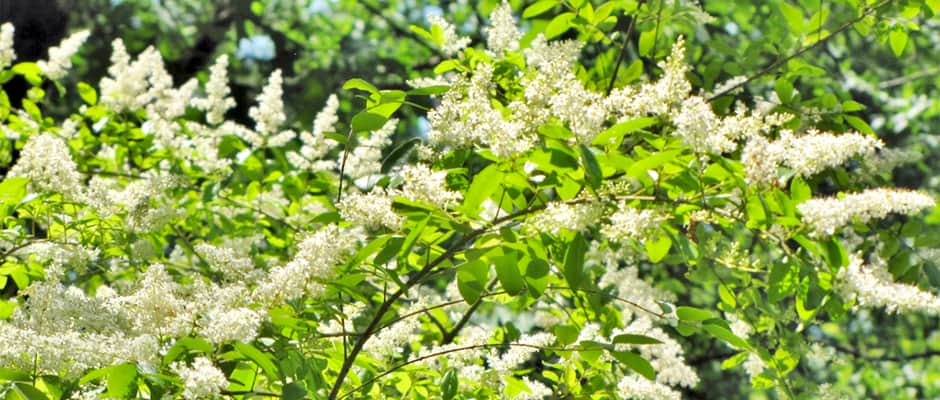- News
-
-
-
-
-
Latest News Articles
- Wildlife Vocalizations: Kylie Perez April 19, 2024
- Warning drivers about wandering wildlife April 19, 2024
- 2024 TWS Elections: Canadian Representative April 18, 2024
-
-
-
- Wildlife Professional Resources
-
- Our Network
-
- PUBLICATIONS
-
-
Recent Posts
-
 The Wildlife Professional November/December Issue
November 1, 2023
The Wildlife Professional November/December Issue
November 1, 2023
-
-
-
-
-
-
- Wildlife Events
-
-
-
Upcoming Webinars
- No Events
-
-
-
- Who We Are
-
Category: TWS Wildlife News

August 30, 2016
New radar visualization shows the flow of bird migrations
A new visualization tool for radar data is revealing bird migrations as they have never been seen before. With the new tool, birds’ nocturnal journeys appear as blue streaks that...

August 29, 2016
What landscapes do golden eagles prefer?
Golden eagle numbers seem to be soaring in elevated, undeveloped landscapes with high wind speeds, according to recent research. As part of a study published in the journal PLOS ONE,...

August 26, 2016
WSB study: Citizen scientists dart cougars for population study
Hunters armed with biopsy darts may be the key to assessing cougar populations, according to a new study. Cougars (Puma concolor) live solitary lives in widely dispersed territories, and it’s...

August 25, 2016
Register now for the 2017 Climate Academy
Registration is now open for the U.S. Fish and Wildlife Service’s Climate Academy, a collaborative effort between state and federal agencies as well as The Wildlife Society and other non-profit...

August 19, 2016
Partners in Flight releases 2016 Landbird Conservation Plan
Partners in Flight recently released their 2016 Landbird Conservation Plan, presenting vulnerability assessments for bird species across Canada and the United States. Partners in Flight (PIF) is a network of...

August 18, 2016
JWM study: The rise and fall of New Jersey’s Canada geese
While researchers have long followed the rapid increase and decline of New Jersey’s resident Canada geese populations, recent research looking at data from the last few decades has been able...

August 18, 2016
Cardinals may protect Atlanta residents from West Nile virus
In Atlanta, Georgia, West Nile virus (WNV) is rampant — but only in birds. Humans in the area are relatively free of the mosquito-borne illness, and they may have cardinals...

August 17, 2016
When privet is removed, native plants and pollinators return
Forests infested with privet invoke a kind of despair in people attuned to the problem of invasive plants. Privet invades a forest quickly, sprawling across the understory and growing into...

August 17, 2016
How bioenergy demand could affect wildlife habitat
Sweet sorghum, switchgrass and trees are among some of the products that are used as fuel for bioenergy, or renewable energy produced by living organisms. In a recent study published...

August 12, 2016
WSB study: The sound of female elephants could drive away crop-raiding males
When a bull elephant decides to eat a farmer’s crops, no puny human voice is likely to change its mind. But the voices of female elephants are a different matter,...

